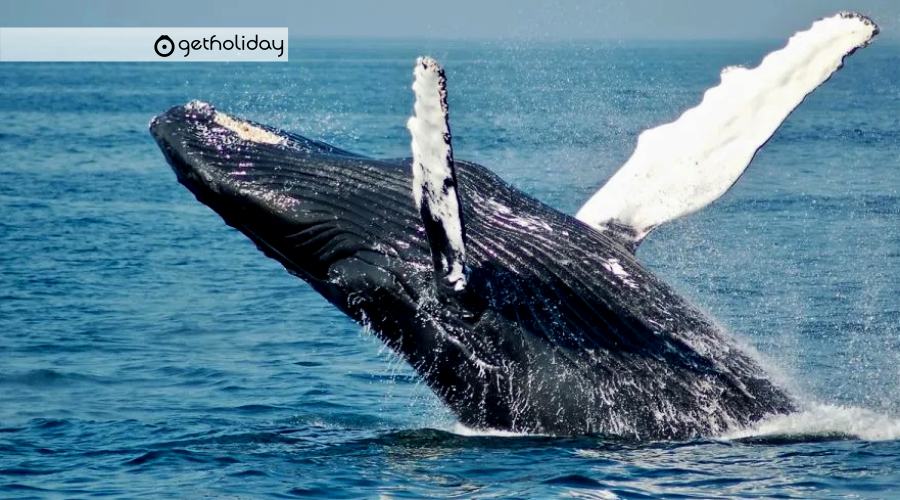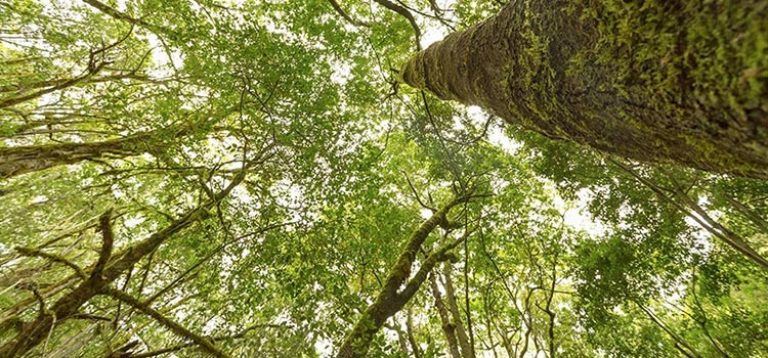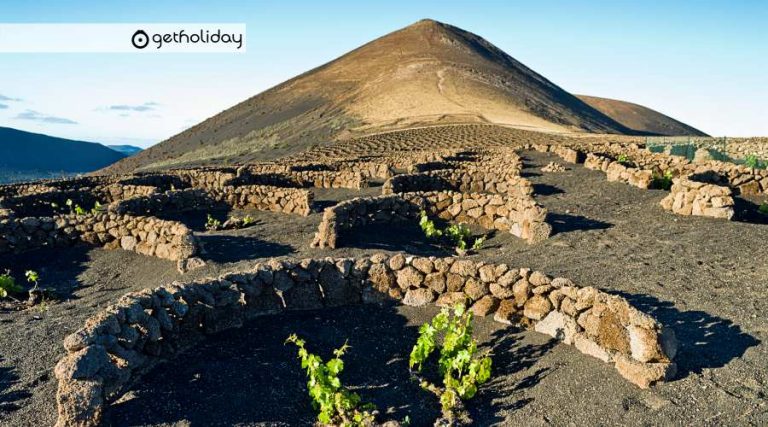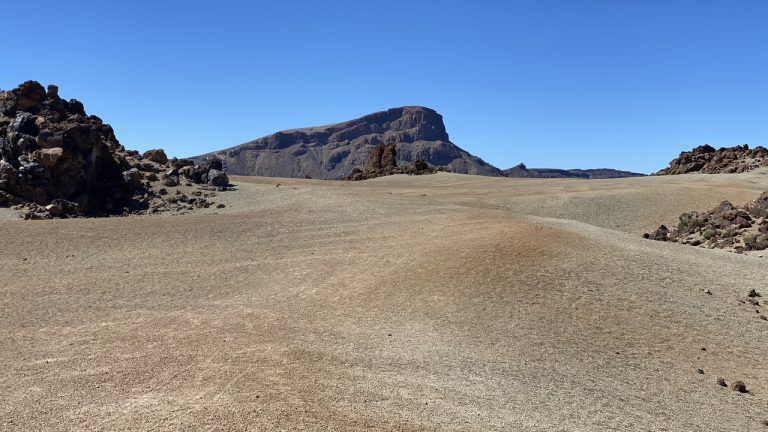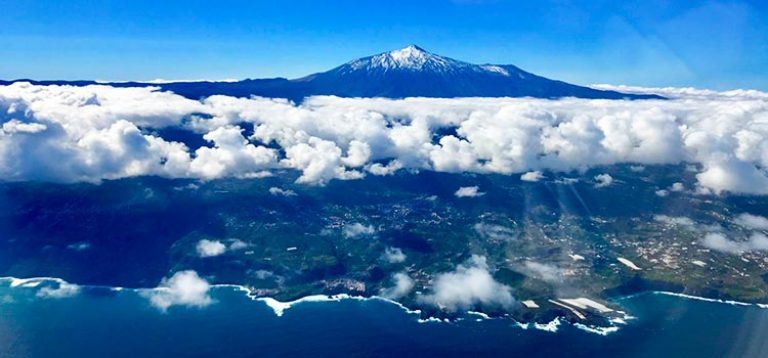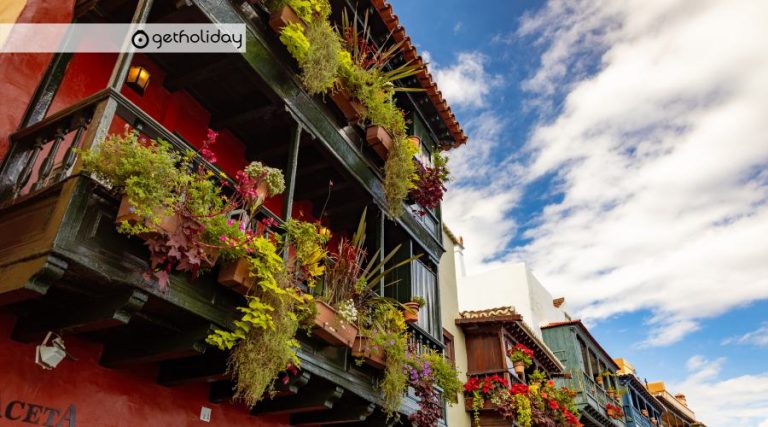Tenerife sanctuary of the cetaceans.
In recent weeks, the island of Tenerife has officially become the world’s third cetacean sanctuary “Whale Heritage Site”, followed the next day by Dana Point in California. Until now this title was held only by Hervey Bay in Australia and The Bluff in South Africa. I would like to specify that the area declared as such is located in the south-west of the island and precisely in the area between Punta de la Rasca and Punta Teno.
Tenerife receives the whale heritage certificate
Obviously this is not a surprise, given that the history of this area begins several decades ago with the discovery by Jacques Yves Cousteau, of a stable colony of pilot whales. In 1992 the European Union approved and published the “Habitats Directive”, to create a network for the conservation of marine flora and fauna, with the name of NATURA 2000 so that we could contribute to the maintenance of biodiversity in Europe with sustainable development in harmony with the landscape.
In 2001 the area was declared a LIC “Place of Community Importance” which they later called ZEC “Special Conservation Area” and ZEPA for birds.
But that’s not all, because this area specifically is included in several protected areas such as the Teno Rural Park with the wonderful cliffs of Los Giagantes (over 600 meters high by 11 kilometers in length) and the Punta Teno lighthouse, the areas of scientific interest of La Caleta and the Isorana cliffs (30 meters high for over 3 kilometers in length), the natural monument of the Guaza mountain and finally the special nature reserve of Punta de la Rasca.
But do you think that in only 22 kilometers (which are 23% of the island’s coastline) we find so many protected areas with a high biological value? A value of this kind assumes 96.5% of the protected areas of the entire coast of the island and 56.6% of the entire Canarian coast.
The municipalities included in the Teno-Rasca area are 5, respectively: Buenavista del Norte, Santiago del Teide, Guia de Isora, Adeje and Arona.
This is also the most touristic area of the Canary Islands by far and one of the most touristic areas in the world with over 6 million tourists a year, of which 1.4 million try the experience of whale-watching, generating over 42 million euros.
The declaration of world sanctuary of the planet for cetaceans makes Tenerife the first and only point in Europe with such a certification. Moreover, it is also endorsed by the sustainability charter, where whale-watching companies undertake to respect marine fauna made up of an enormous number of species.
Exactly two years ago, the Cabildo of Tenerife organized the first course of “Guide and interpreter of the medio marino de Canarias” in which I had the pleasure of participating as an official tourist guide of the Canary Islands Government.
Currently, 31 species (of the 90 known) have been cataloged in this marine space, including the immense and undisputed queen of the seas, the wonderful Blue Whale “balaenoptera musculus”. In terms of size, this cetacean of the suborder of the mysticetes appears to be the largest living organism ever to exist on planet earth. With a length of over 30 meters and a weight of over 150 tons, it is the same size as a Boeing 747!
Excuse me, but I did not specify that cetaceans are divided into two sub-orders, which are the mysticetes (cetaceans that have baleen in their mouth) and odontocetes (which have teeth).
Below I will describe only a few so that you can appreciate the diversity present: The Pilot Whale, here called “calderon tropical or ballena piloto de aleta corta”, which in the waters of the south coast of Tenerife appears to be, with over 200 specimens, the most abundant cetacean in the “unique thing in the world” area.
In fact, a large number of boats leave the port of Puerto Colon and the port of Los Cristianos every day to go and observe this species. The thing that hardly anyone knows is that this cetacean with a very calm air during the day, turns out to be a very active predator at night and due to its lightning-fast accelerations to capture its prey it has been given the nickname of “leopard of sea. “ It manages to descend regularly to depths of 600 meters with peaks of almost 900 meters and a maximum diving time of 21 minutes.
Do you remember Moby Dick? It was a “Physeter macrocephalus” Sperm Whale. This cetacean is the animal with superlative characteristics; it is the largest odontoceto on the planet and consequently also the largest predator in the world.
It has the largest brain in the animal kingdom and its sonar produces the most powerful sound produced by a living being, 230 decibels!
During its dives, which can exceed 40 minutes, it hunts for other mythological creatures such as the giant squid that even reach lengths of 18 meters. Fortunately, today m is no longer hunted at the same time, thanks to the oil (spermaceti) contained in his head, many cities in the world were illuminated.
Now, however, is the time of the perfect strangers, which are the zyphids. Until now, very little has been heard of this cetacean family which includes about 20 species and that there will certainly be new ones to discover. Think that they can reach depths of almost 2000 meters and remain in apnea for up to 85 minutes.
Their life takes place almost exclusively in the depths of the oceans, rising to the surface only for the time necessary to breathe. Their dimensions are considerable since we are talking about an animal that reaches 7 meters in length.
Obviously, in the area there are not only cetaceans but also 5 species of sea turtles, many pelagic species and among the cliffs of Los Gigantes, the Isorana, Guaza and Punta de la Rasca there are also fish eagles, pelagic birds such as diomedee and many others.
Surely in recent years a lot of awareness has been raised so that tourists and local people could understand what this area of the island really offered, which has always been taken into consideration only for its climate which is the best in the world. In the next few years the speeds of pleasure boats will be reduced, jet-skis will be completely eliminated and marine activities will be limited to the sighting of cetaceans, eliminating sport fishing as well. A marine museum and interpretation center will also be created entirely dedicated to cetaceans and the species that populate this sea area.
With the hope of having been useful to you in this article as well, I remind you that to spot cetaceans you will have to get on a boat that has received authorization from the Cabildo of Tenerife and the Canary Islands government.
Be aware that the use of unauthorized boats also leads to an unnecessary increase in maritime traffic which affects the quality of life of these wonderful animals. Always remember to never throw anything into the sea and always respect the rules to ensure that the whales and dolphins can continue to live in this little paradise called Tenerife.
Your official guide of the Canary Islands Government nr 3900
and guide interpreter of the Medio marino de Canarias
Basso Lanzone

